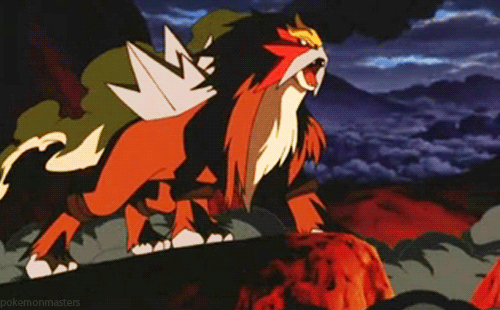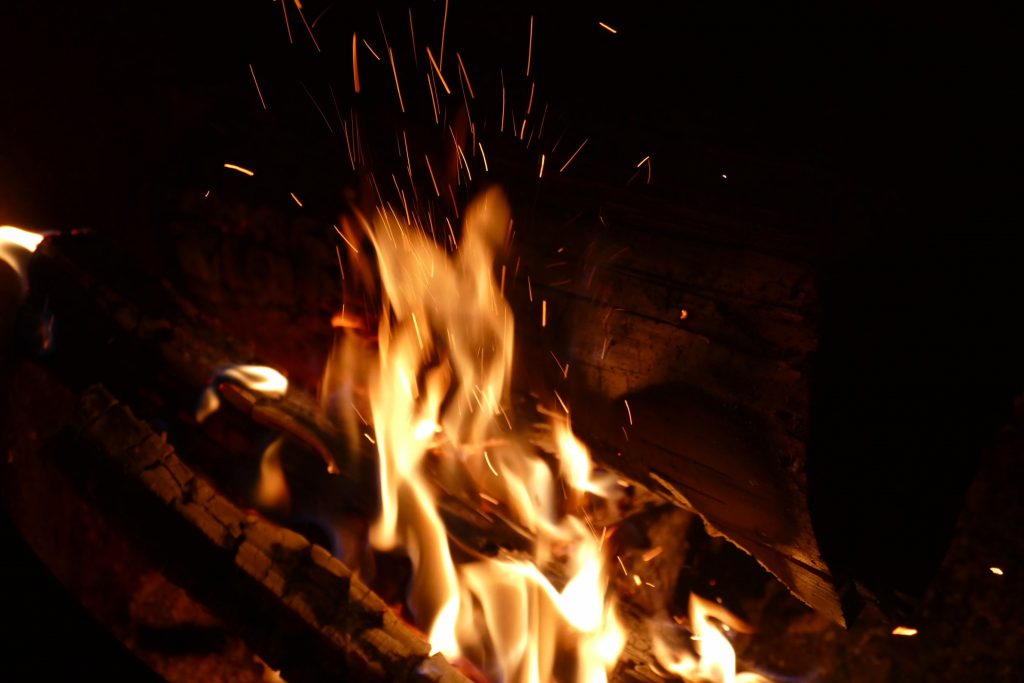

Conversely, the people’s prayers and intentions run through the fire and fire keeper, through the altar, and up through the Tree. The power of the Dance runs from the Tree, through the altar, through the fire and the fire keeper, and out to the people dancing. The fire pit and the center of this “tipi fire” always line up with the Tree at the center of the circle. This arrangement is also seen as man’s ribs, representing life, death and rebirth, or as a buffalo’s ribcage, symbolizing abundance. When you look down on the fire, the wood looks like tipi poles crossed on the ground. Our fire for the dance is referred to as a “tipi fire”, always kept relatively small. It is a shallow depression with an outer rim of smoothed earth in the form of a crescent. This renewal of the sacred fire in Native American tradition is very much like the early traditions in other parts of the world, an example being the rekindling of the fires in early Britain at Yuletide.Īt an outdoor dance the fire pit is always in the west. All the lodge fires were again lit from this central fire. Once a year all the fires of the band were allowed to expire and a new sacred fire was created with much ceremony. The women would then get coals from that fire to kindle their own lodge fires. When a new camp site was reached the fire keeper would kindle a new fire from the coals he carried. Whether outdoors or in, the responsibilities and subtle work required are crucial to a safe dance.Īccording to our late elders Reginald and Gladys Laubin, Plains and Plateau tribal bands traveling in yearly migration appointed a fire keeper to carry the fire from camp to camp in a special horn or bundle of sage bark. Here, medicines burned by the keeper are in a separate vessel in front of the fire.

At an indoor dance, where a small oil lamp or candle is used as the Sacred Fire, the responsibilities and duties with the fire do not change. Whether storming, snowy, or brutally hot, the fire keepers take care of the “living bundle”, the fire. This is in keeping with the traditional way fire was kept. At some of our outdoor dances the fire is manned by the Fire Keeper and assistants continually from start to finish, 24 hours a day. Some of our dances are outside and others are inside. To hold these Powers is a weighty responsibility in the old days, the People had the right to kill a fire keeper who was neglectful and allowed a ceremonial fire to die… The Fire Keeper holds the Powers called in for the people as part of their “bundle” until he/she thanks them for coming and sends them back home at the end of ceremony. The fire keeper holds the energy of fire for ALL that are in ceremony- elders, working circle, and dancers alike, and is attentive at all times to what is happening in the circle as well as tending to the appetite and needs of the fire. The Fire Keeper quietly calls in the powers of the directions as well as the fire powers when the Sacred Fire is first lit. The fire is generally started during the first part of opening ceremony after sacred space has been set. That energy needs to be kept strong during ceremony! You may see that there is an energy of the fire that is beyond the physical energy manifested. The ceremonial fire is looked upon as a “Fire without end” much like the “eternal flame” in other earth-based traditions. The Puha or Power of the sun resides in the fire, its Essence in the glowing coals, and so this very powerful force must be treated with great respect. It is considered an aspect or relative of the sun, sometimes referred to as a “Ray of the Sun” - the People pray to “the One who lives beyond the Sun”, not to the sun itself. In our way, fire is a living being or beings. Fire keepers take care of the fire during ceremony just as Bundle Keepers take care of their Bundle. In our tradition there is always a head Fire Keeper who assumes the chief responsibility for tending the fire (as well as a number of assistants when needed). The Dance for All People requires a ceremonial Fire. There are Elders who know a lot more about keeping fire than I, so consider this an introduction. While many sacred teachings are passed from generation to generation through the oral tradition, my brother Clyde Hall has asked me to write about keeping the Sacred Fire so that we might all have a better understanding of Fire and of this Dance. I have been the Fire Keeper for the Montana Dance for All People and other Dances.
#SMOGON SACRED FIRE SERIES#
What is?… is an ongoing series that helps to illuminate the people, the medicine, and the inner workings of the Dance For all People.


 0 kommentar(er)
0 kommentar(er)
